I bought my first kayak when I was 16, and kayaking has played a huge part in my life ever since. How? Firstly, my excursions by kayak led to greater self-confidence and self-reliance. Pivotal to my career, many of the things I enjoy in life are easily connected to kayaking. Nature: watching wildlife in its natural environment. Exploring places and meeting new people.
Committing to making a living from kayaking seemed as risky as some of the kayaking adventures I survived, but what made it possible was the combination of instructing, leading expeditions, designing kayaks and equipment, and writing magazine articles and books. Let me explain…
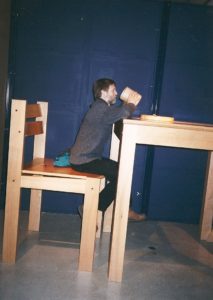
Expeditions
I’ve heard expeditions described as holidays you get someone else to pay for. Expeditions usually require an effort. Would you sponsor a week at a beach resort? (Any offers?) Sponsors seek something more exotic, with a higher level of hardship. A guided tour, a relaxing journey, or an everyday trip, just won’t do. And they expect something in return. If you’re not careful, they could end up defining and controlling your trip, before, during, and after. At the least they expect you to achieve what you set out to do. You have more flexibility without a sponsor.
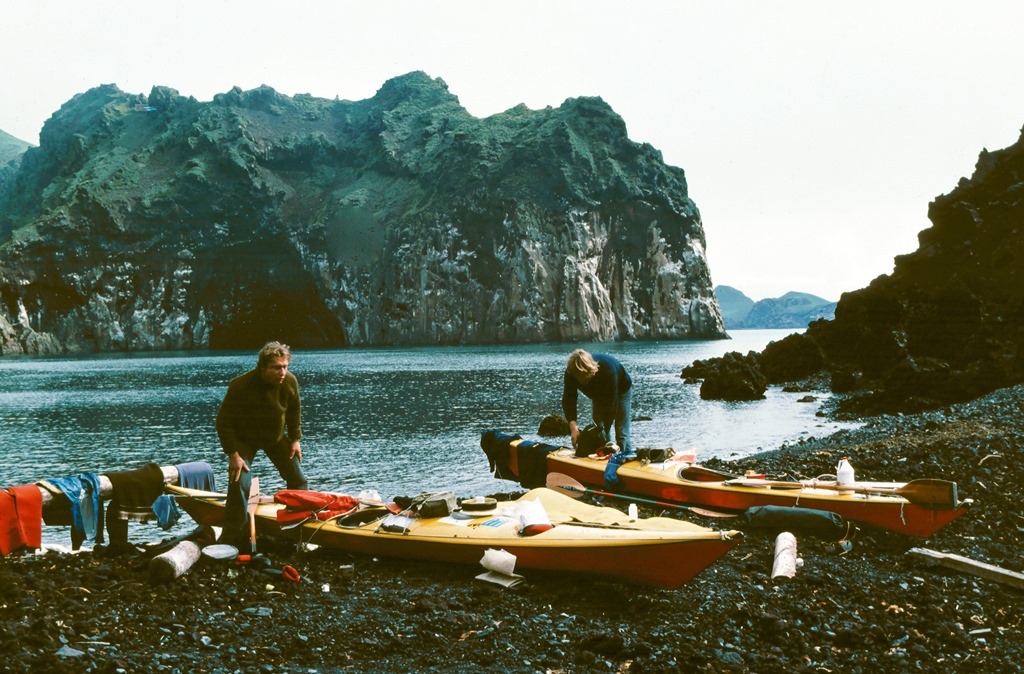
My early day-trips led to multi-day journeys, around the southwest and south coast of England, in Scotland, Norway, and France. I got hooked on the special kind of freedom I experienced living out of my kayak, camping on beaches, and learning how to use the weather, waves, tides and currents to my advantage. When I was 24, I circumnavigated Iceland, in a kayak of my own design, with my friend Geoff Hunter. That was a first. (In time it led to the book: Iceland by Kayak.) Two years later, with my kayak cut into two to fit on the plane, I flew to Newfoundland for six weeks with another friend, Tim Franklin.
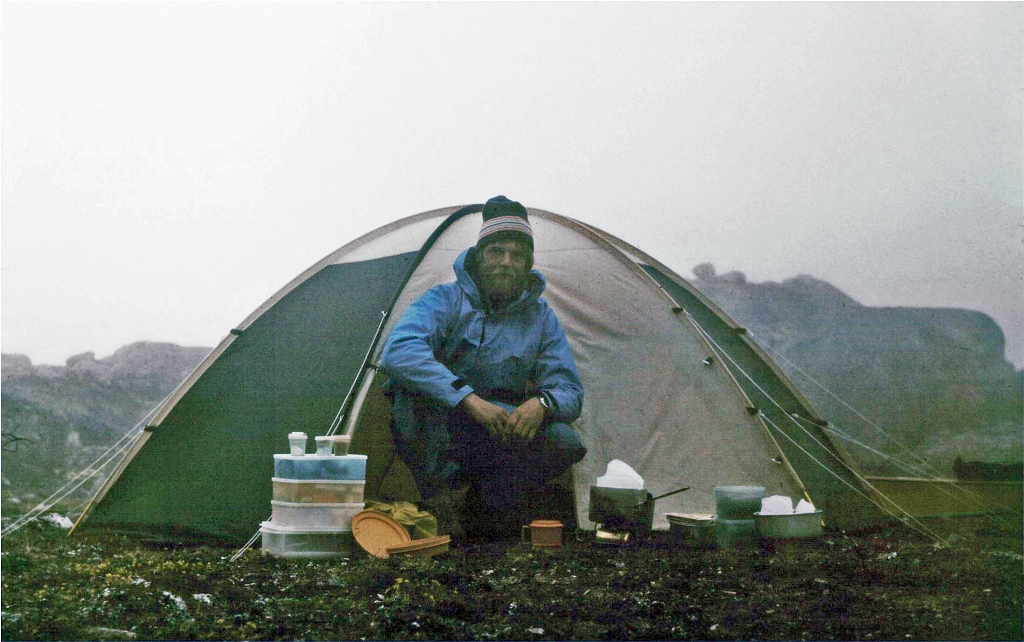
I learned about Labrador while exploring Newfoundland. So, three years later I flew my kayak to Iqaluit, on Baffin Island, and set off south, solo. Ahead lay 650 miles of uninhabited coast, with a 40-mile open crossing in the middle. Hoping to kayak the Northern Labrador coast, I made it across Hudson Strait, but not in good shape. Eight days later I hitched a ride on a passing oil tanker bound for Nova Scotia. MORE DETAILS.
I did not paddle the northern Labrador coast until 2004, when I returned with Kristin Nelson. That trip, told in On Polar Tides presented a different challenge, in the shape of polar bears: rather too many of them for comfort. Fortunately escaping unscathed, no sooner home from that 5-week-long wilderness trip, I sat for a whole day watching polar bears in the safety of San Diego zoo.
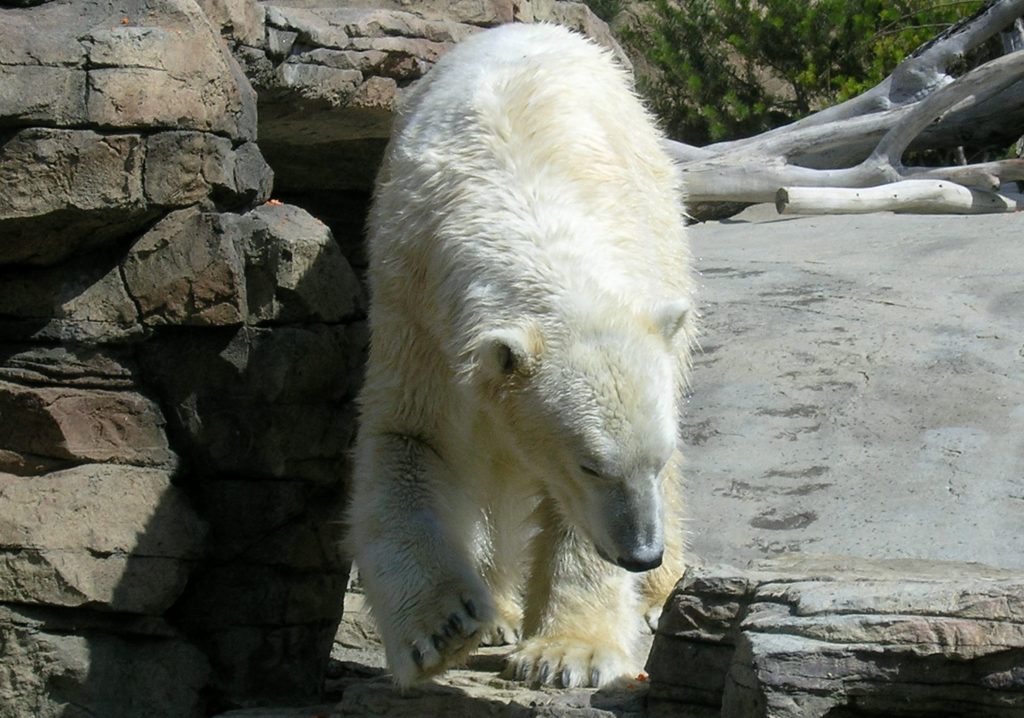
Curious to hear more? I offer presentations about these adventures. Please Contact me if you would like me to give a slide talk for your organization.
Not all trips are as scary. In the 1970s I crossed France from north to south in a tandem kayak; years later doing a similar thing from the Mediterranean to the Atlantic, through wine country. It is a good way to learn about wine! Kayak across France. In another direction, a neighbor offered me the opportunity to kayak the Grand Canyon… I took a surf kayak.
I had the good fortune to explore remote islands near Taiwan and in Indonesia. Finally travel-restricted during the Covid19 pandemic, I realized how little I knew my own local waters. Of the many places to explore around the world, there are many good reasons why people would want to paddle here.
Relatively few of my many paddling trips overseas were expeditions. Most excursions resulted from instructing, which took me to interesting places, with opportunities to explore with local enthusiasts. So what about instruction?
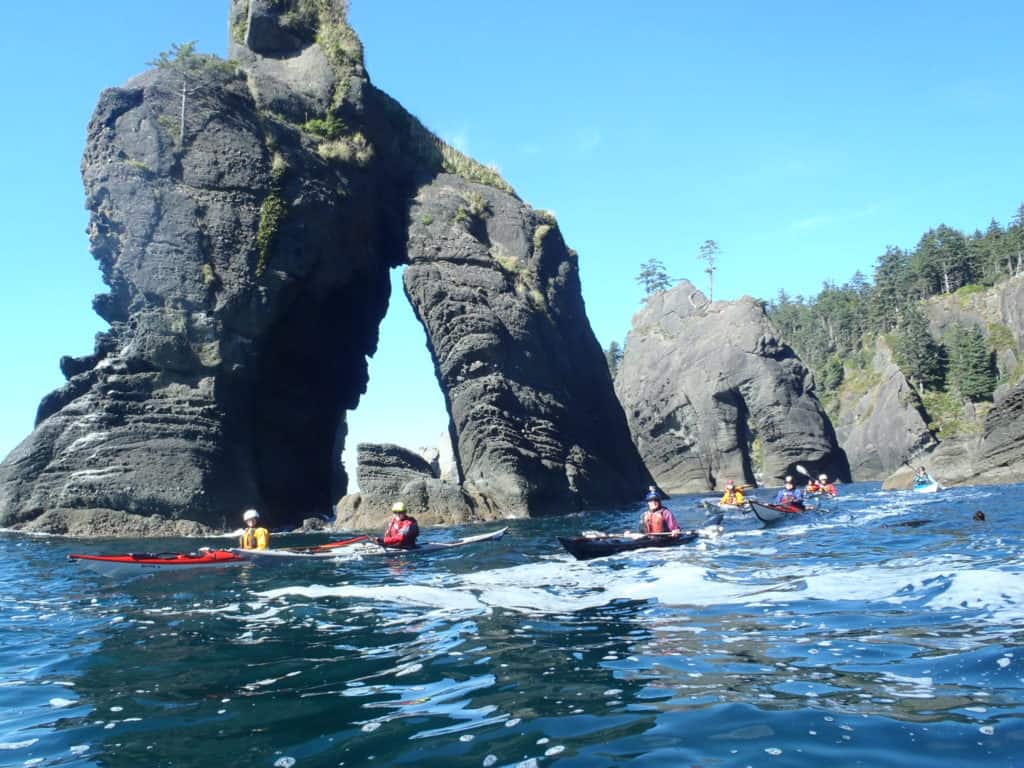
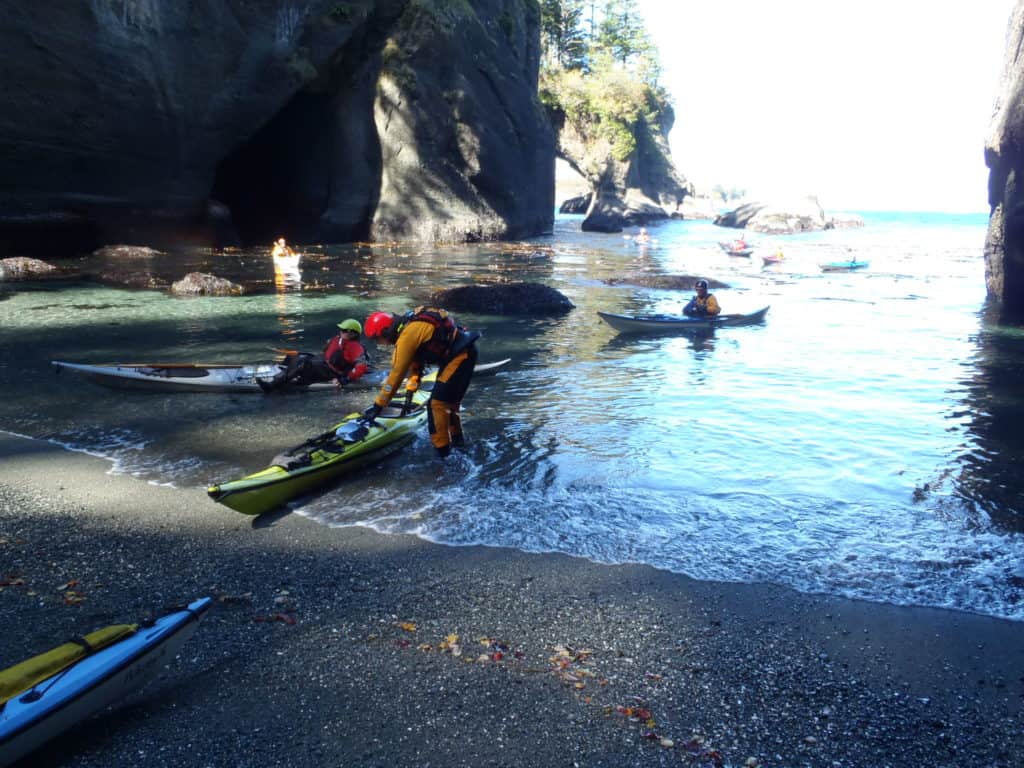
Instructing
Know your subject. If you cannot answer the question “why?” then you should be asking it. To teach, you really need to understand your topic inside out before you start. This benefits you as much as your students. By analyzing paddling techniques, breaking them down into the smallest possible parts, you uncover more than a few of your own mistakes and misunderstandings. From these small blocks it is then possible to build precise maneuvers, whether on flat water, surf waves, or on whitewater.
If the first trick to teaching is understanding your subject, the next is learning about your student. That encompasses their anxiety, learning style, equipment, and how they respond to the teaching environment. Each person is different, so you must prepare more than one way to explain or demonstrate every little detail. When Plan A fails, what is your Plan B? Fail to prepare, prepare to fail.
Some of the best advice I got, early in my instructing career, was to try as many different disciplines of the sport as possible. Each discipline focuses on a particular set of skills, under a different style of coaching. Competition highlights inadequate skill. Try whitewater slalom, whitewater racing, kayak polo, surf kayak competition, marathon, sprint, sea touring, and whitewater touring. And don’t limit yourself to kayaks: try canoes too. How about canoe poling? (standing in your canoe and pushing it up rapids with a pole). Or gunnel bobbing, (standing on the canoe gunnels near the stern and bouncing the end up and down to propel the canoe forward). Enter a slalom competition in a tandem canoe, or load your canoe for a camping trip. In those days before stand up paddle boards, we paddled our kayaks and canoes while standing.
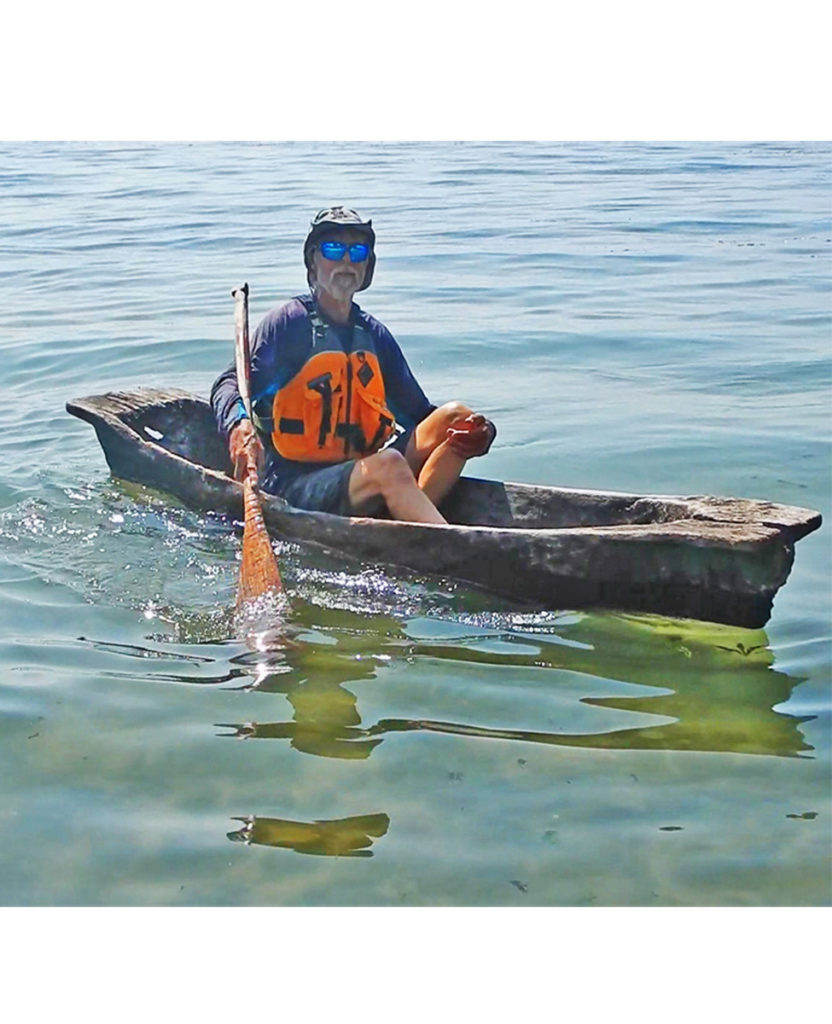
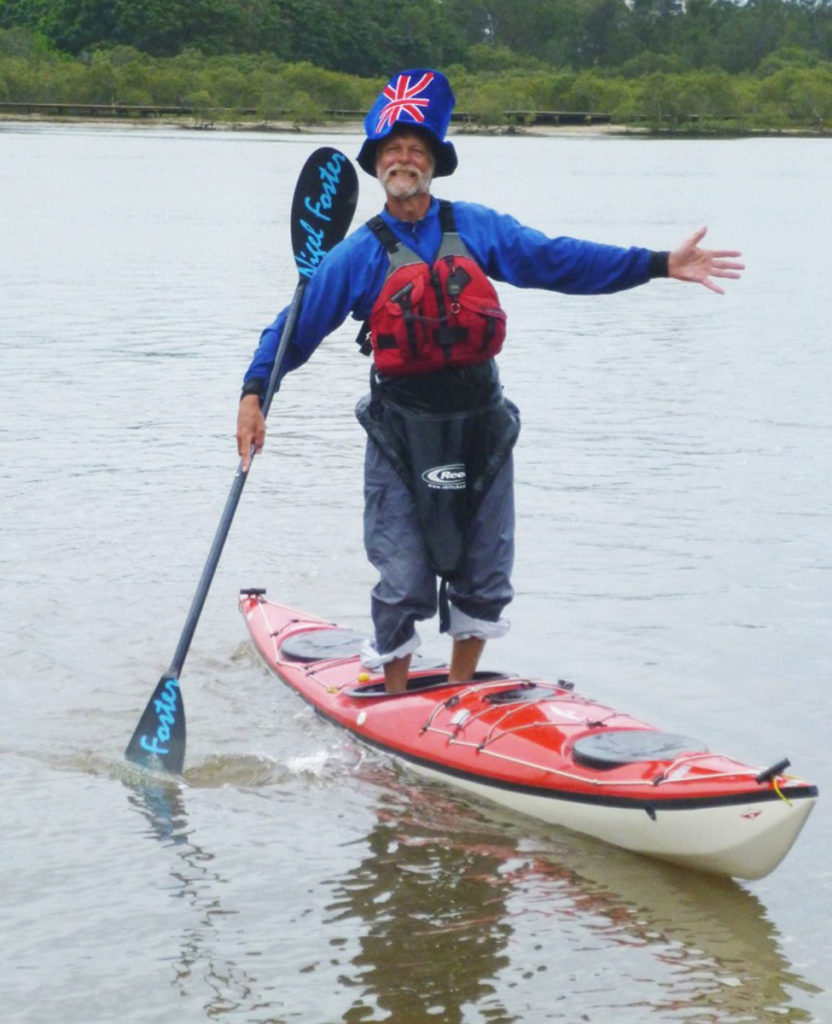
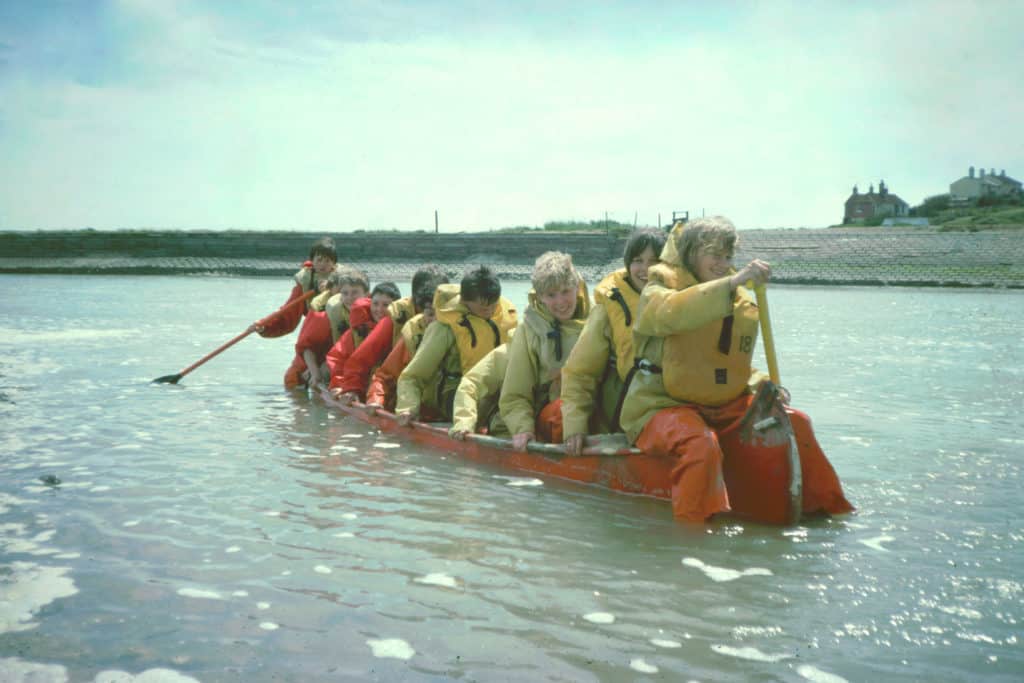

As a qualified teacher, working at an Outdoor Education Center, I got plenty of practice teaching beginners, mostly children, and coaching adults to a level suitable for them to join me on weeks-long expeditions in Norway, the Faeroe Islands and Iceland. Then I taught at the National Watersports Center in North Wales for four years before starting my own business, focusing on kayaking.
Anglesey and the Lleyn Peninsula of North Wales became my local classroom, with the whitewater rivers of North Wales available when it rained in winter. And did it rain! In the summer, I led trips to the Hebridean Islands of Scotland, to the Faeroe Islands and Iceland, to Shetland and Orkney.
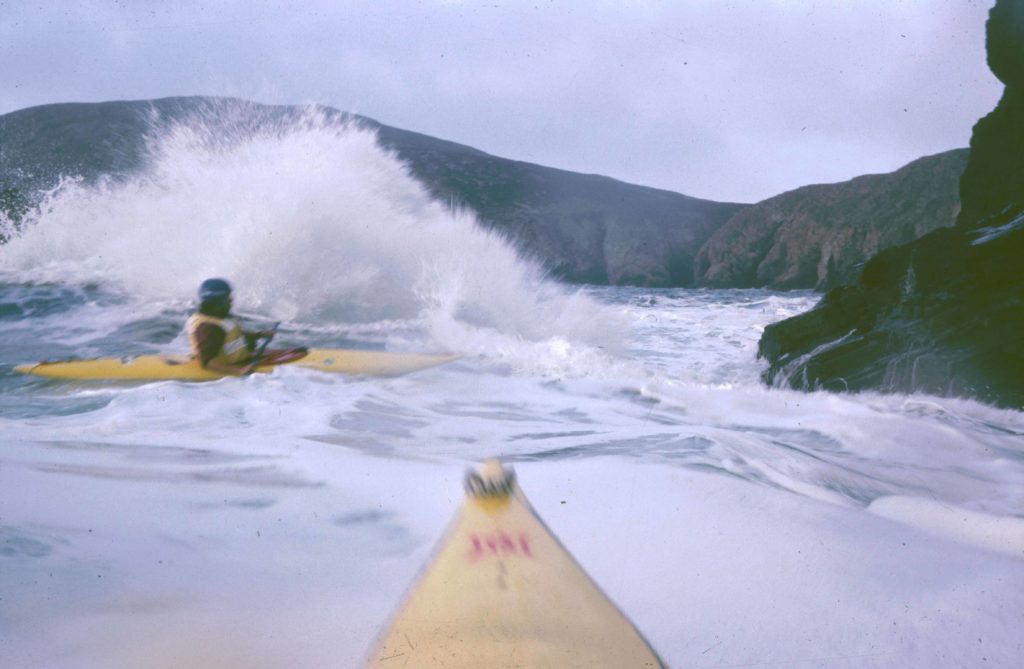
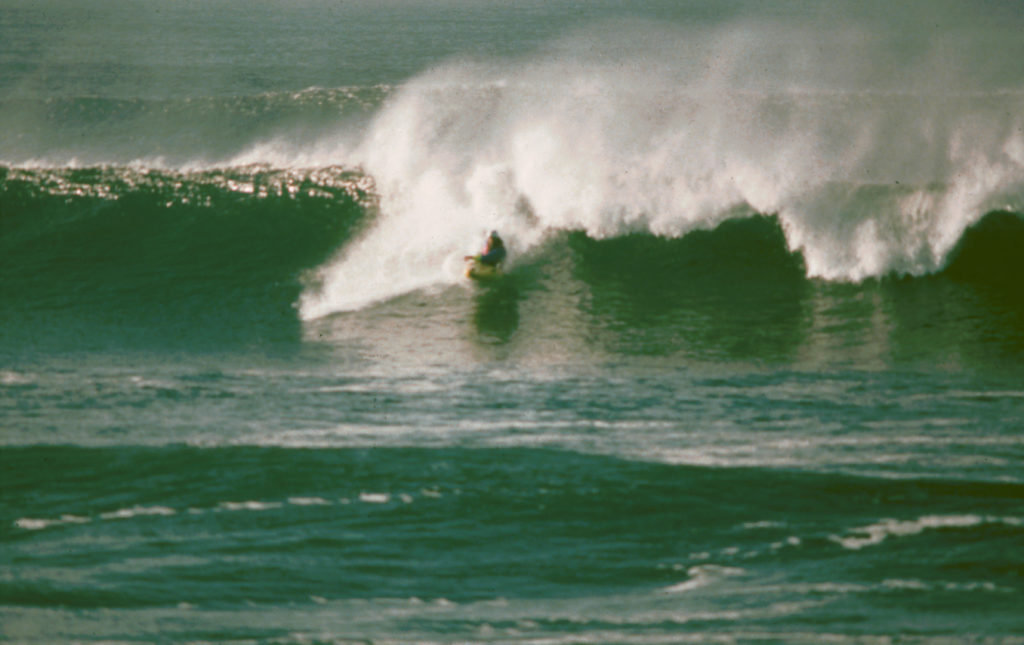
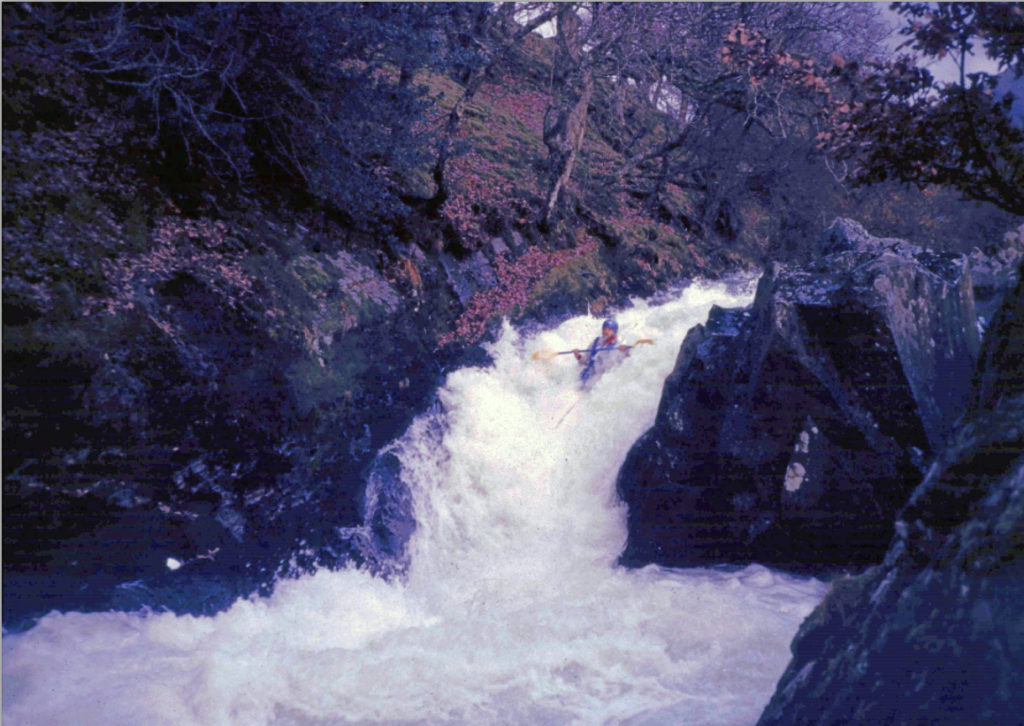
Gradually the focus of my classes shifted. Instead of teaching groups from UK, and taking them on trips overseas, I began teaching people in their own country. Finland, Sweden, Norway, Italy and Spain. I spent a summer on Orkney, and another on Shetland. I taught groups in Florida and soon all up the east coast of USA, in the Great Lakes, and on the West coast too. Australia, Tasmania, New Zealand… the world opened.
Some opportunities arose from my reputation as an instructor, but others through my design work. Design and paddling technique work glove in hand… and hand in glove.
Designing kayaks and equipment
I was a terrible paddler for a long time, but I began to see connections between technique and design. I saw why certain kayaks behave as they do in given conditions, and what I must do to take advantage of, or overcome those tendencies. Design and technique must work together, and both must fit the environment; the waves and wind and current. And, to be selfish, they must fit me.
My first foray into design began during a 400-mile-long solo paddle around the south coast of England. In some wind directions I found it difficult to keep on track. Technique or design? I found my cockpit too high and too close to my back. Could I redesign the kayak to make it better for me?
Working with computer genius Keith Robinson, and Mac, of the Adur Center, we created the Vyneck, my first sea kayak design. Every design is a compromise, and the Vyneck was no exception. It was an expedition kayak, designed to handle best when loaded. Gliding fast and straight, it was not the easiest to turn, nor to launch or land from steep beaches in rough weather. But it was great for expeditions. Iceland 1977, Newfoundland 1978, Faeroe Islands 1980, Baffin Island 1981, trips to The Smalls, and St Kilda in 1984. The Vyneck fit, but it was not for everyone. “Can’t you design something that’s a little easier?”
Eventually, I took note and focused on new designs; the Legend, Silhouette and Shadow, then the Rumour and the Echo. The Swedish company Point65 approached me, and I designed the Whisky16, Whisky18, and the DoubleShot, and then the Cappuccino. If you are curious, you’ll see them here.
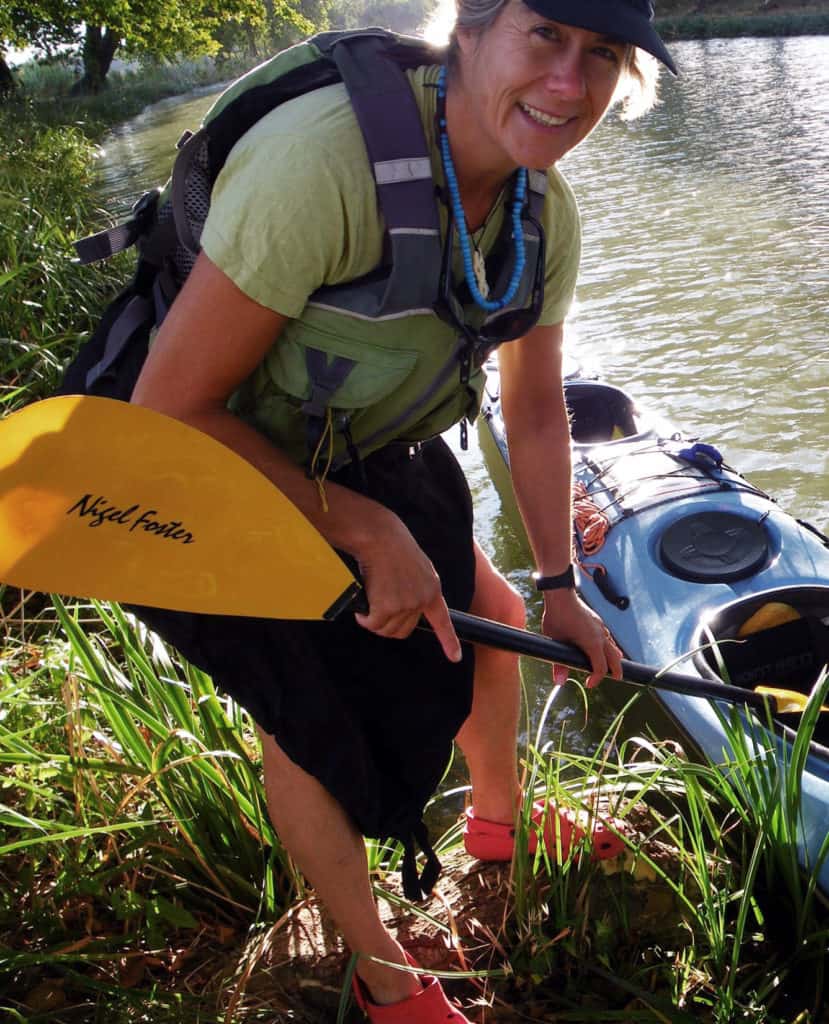

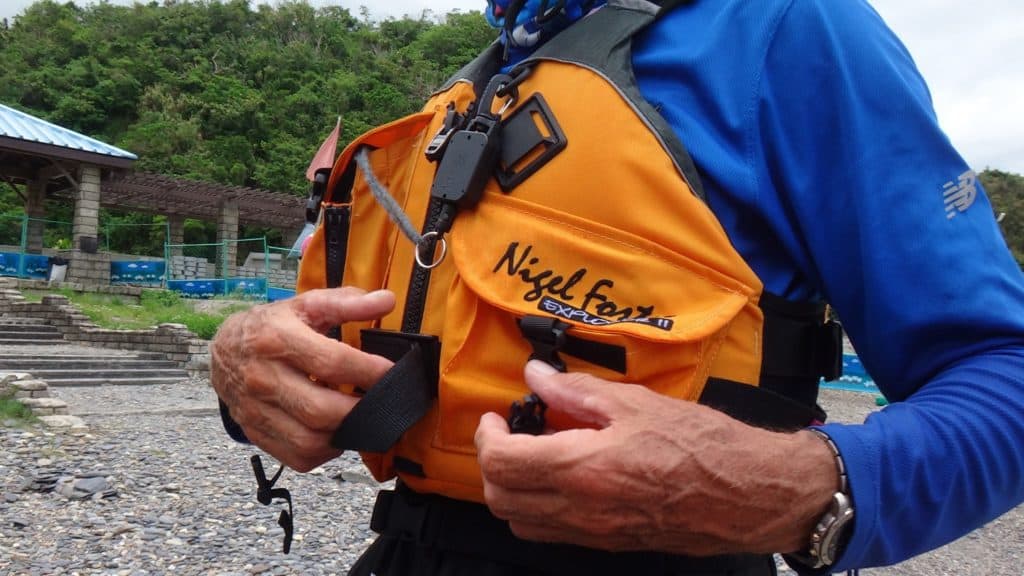
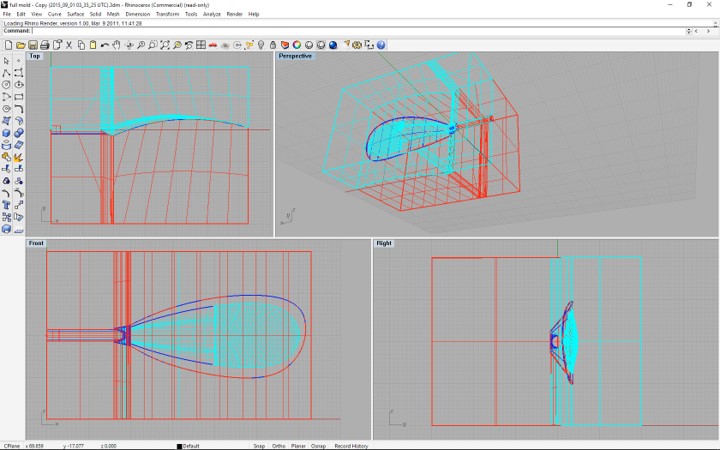
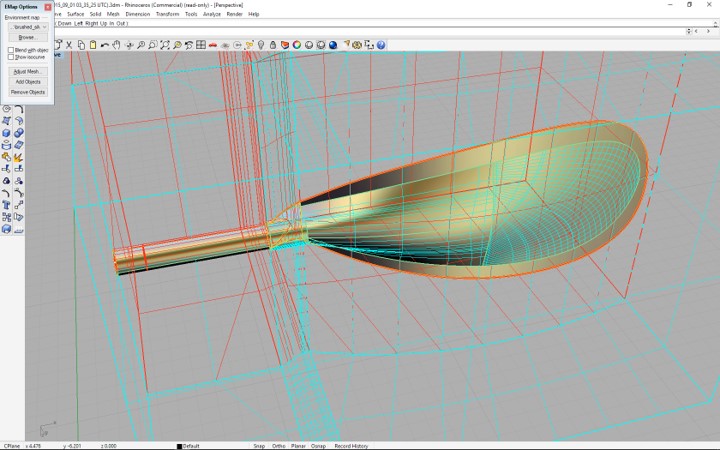
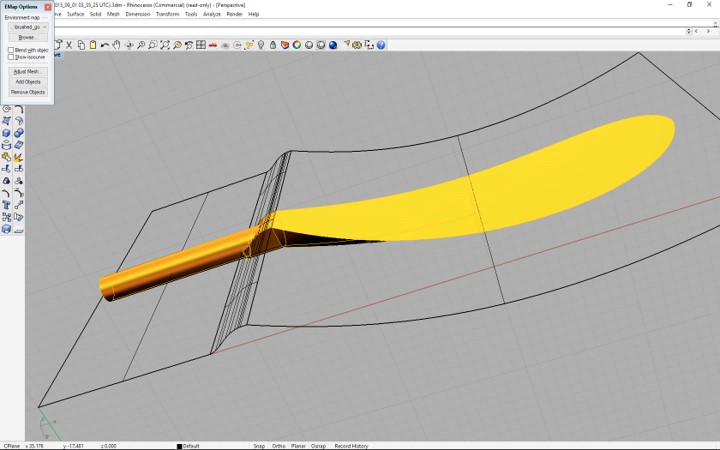
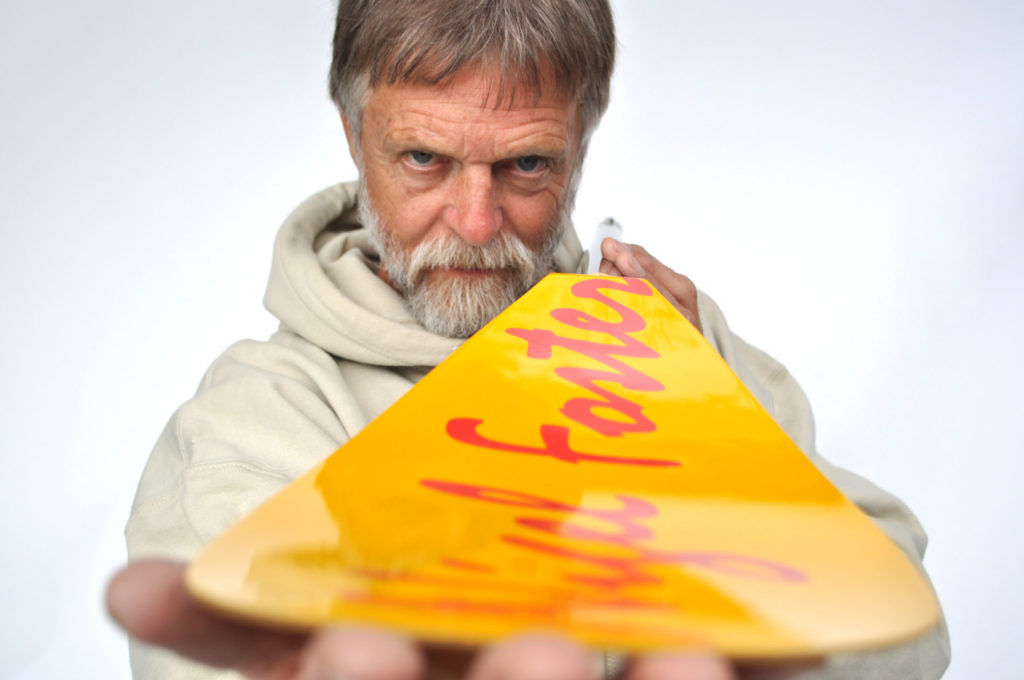
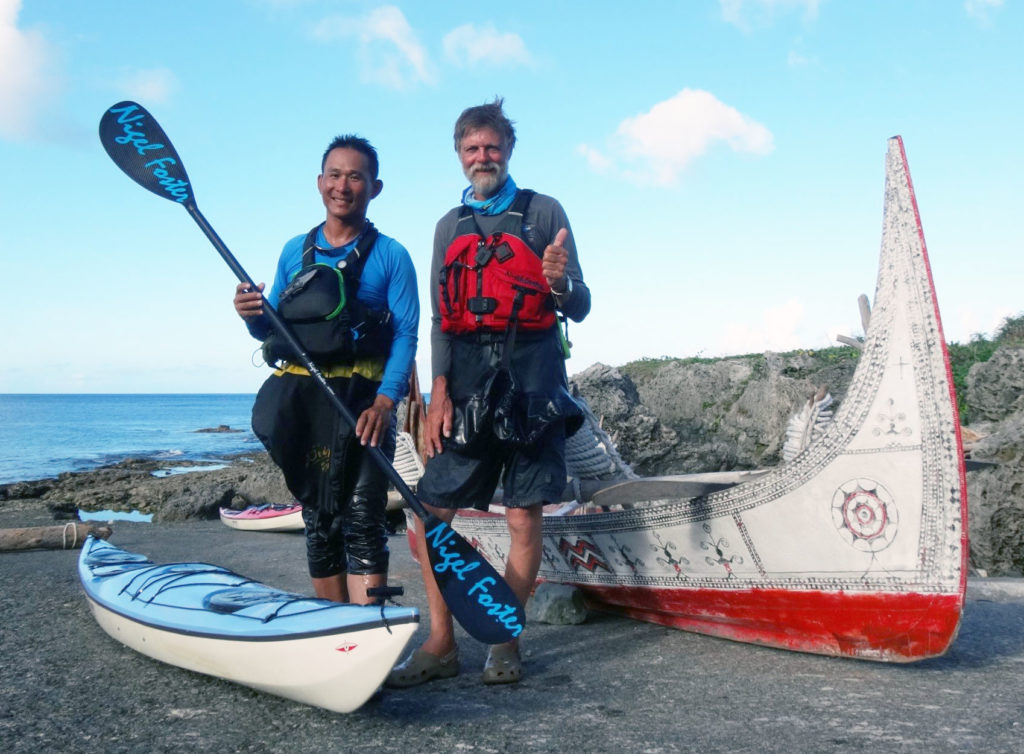
Meanwhile, I designed kayaking clothing, and PFDs, and accessories, with Ray Rowe and Andy Middleton under our design label, FosterRowe. I worked as a paddle consultant with one company, and on PFD design with another. Later I came out with a signature paddle. Point65 produce my latest paddle and PFD designs. When kayak, paddle and paddling technique fit together well, paddling can be so much fun! But how to spread that joy?
Writing
To instruct, and to design equipment, requires an analytical focus. Perhaps with that in mind, Bob Bond, the Director at the National Watersports Center for Wales when I taught there, came to me with a question: could I write a book on kayak technique, for the publisher: Fernhurst Books? I jumped at the chance. The book, an immediate success, led to two more titles with Fernhurst, and more with Globe Pequot in USA. Writing became integral to my kayaking business. I contributed articles for magazines, including Sea Kayaker Magazine, and published books.
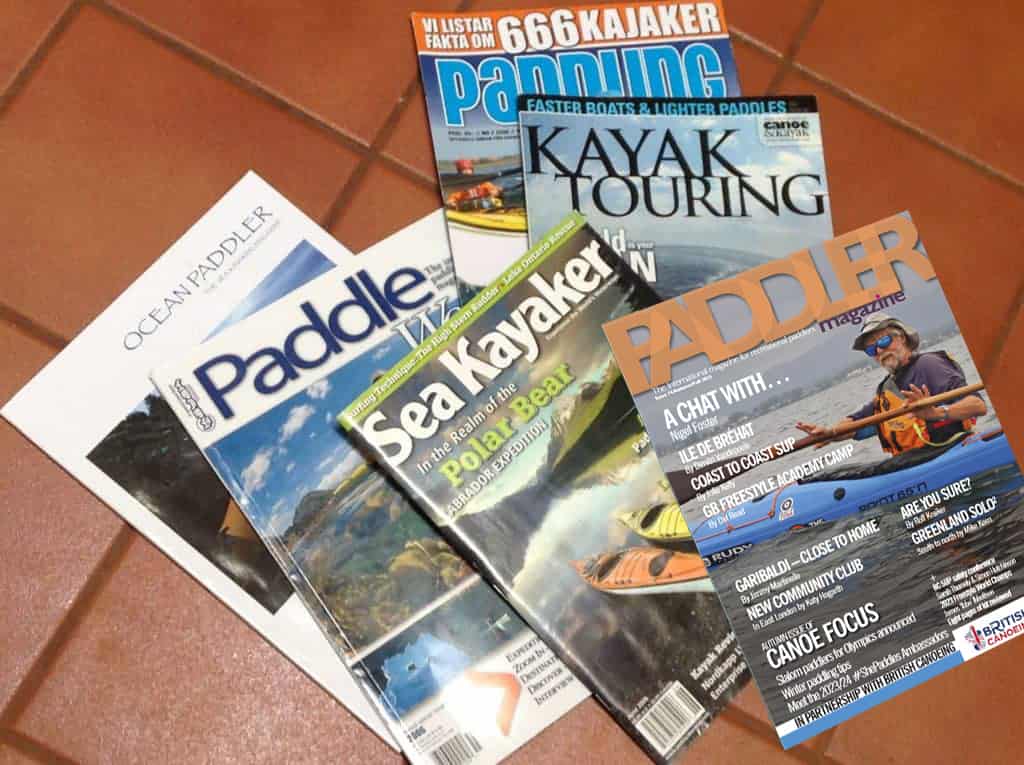
One fall, my editor at Globe Pequot Press called me with an odd question: “Would you like to be somewhere warm this winter?” Since I had spent a lot of time instructing and exploring in Florida, would I like to write a Florida paddling guide book? That book allowed me to step sideways from writing on purely technical subjects, and segue toward publishing books on kayaking adventure and expeditions.
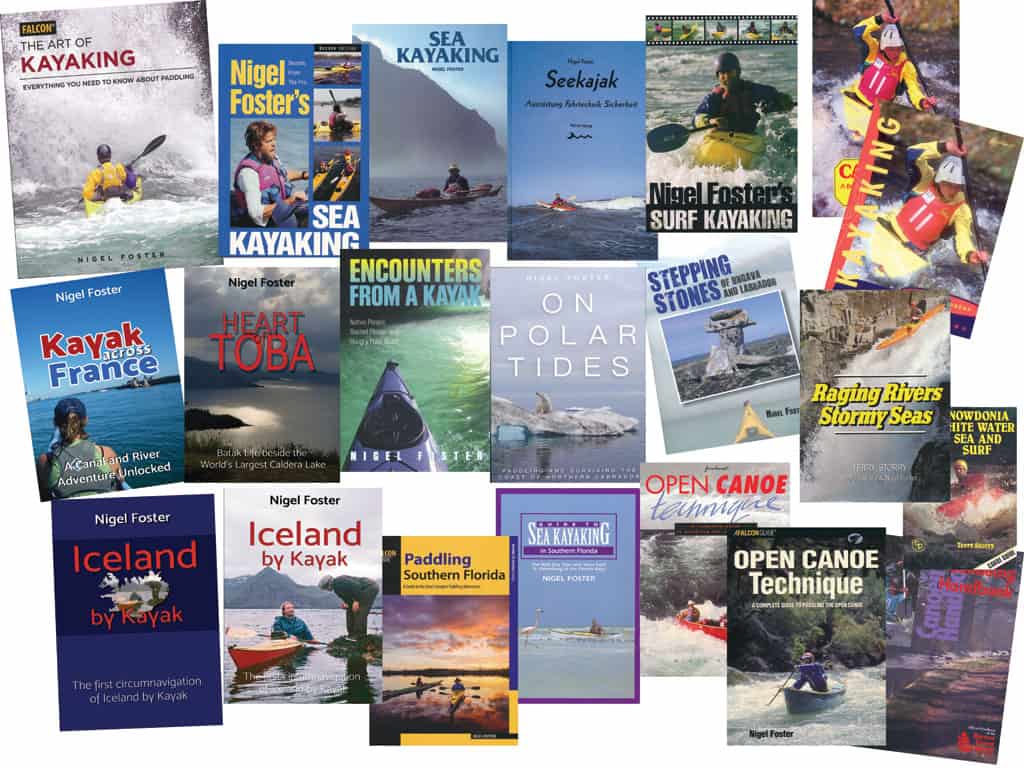
I’m not just a paddler
Sometimes I just sit, and think… sometimes I just sit. More often I grab a guitar. I’ll never be a maestro, but playing gives me pleasure. The challenges remind me that although nothing comes for free, the rewards are greatest when when you have to work for them. The more I play my guitar the more it rewards me. Guitars? Kayaks? Coffee? They inspired my book: Just One More. Curiosity inspired: What Color is Water?

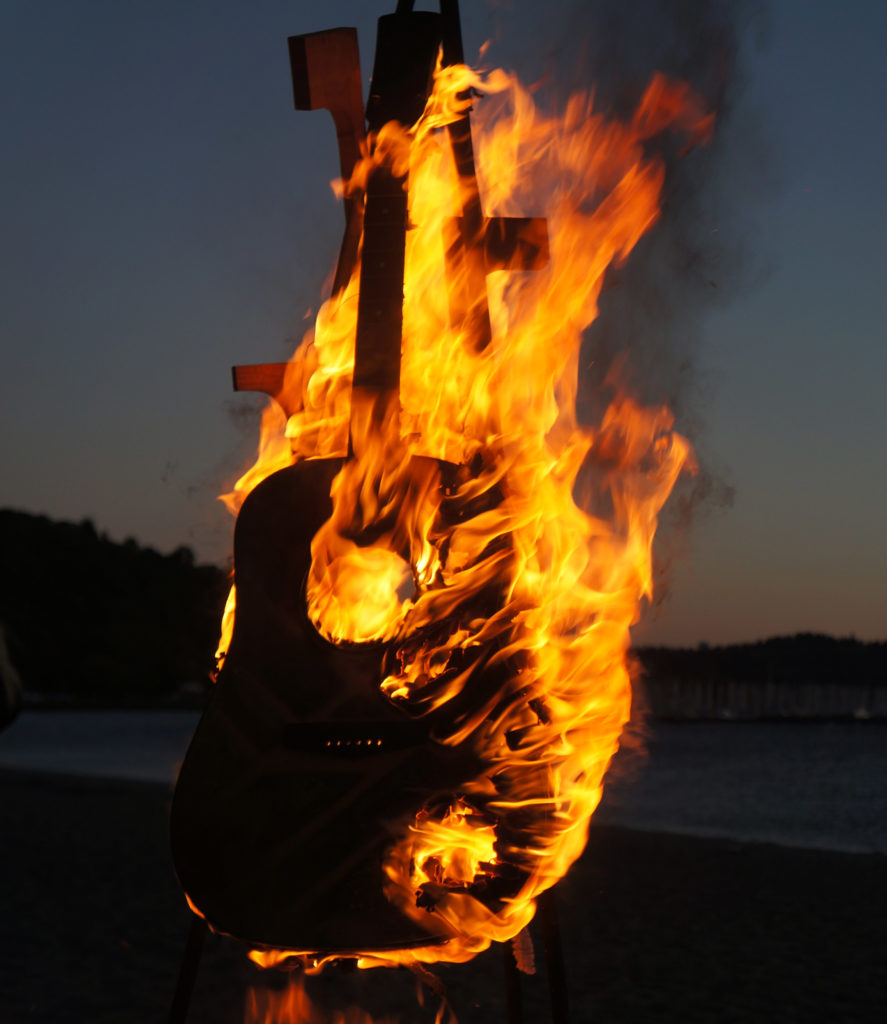
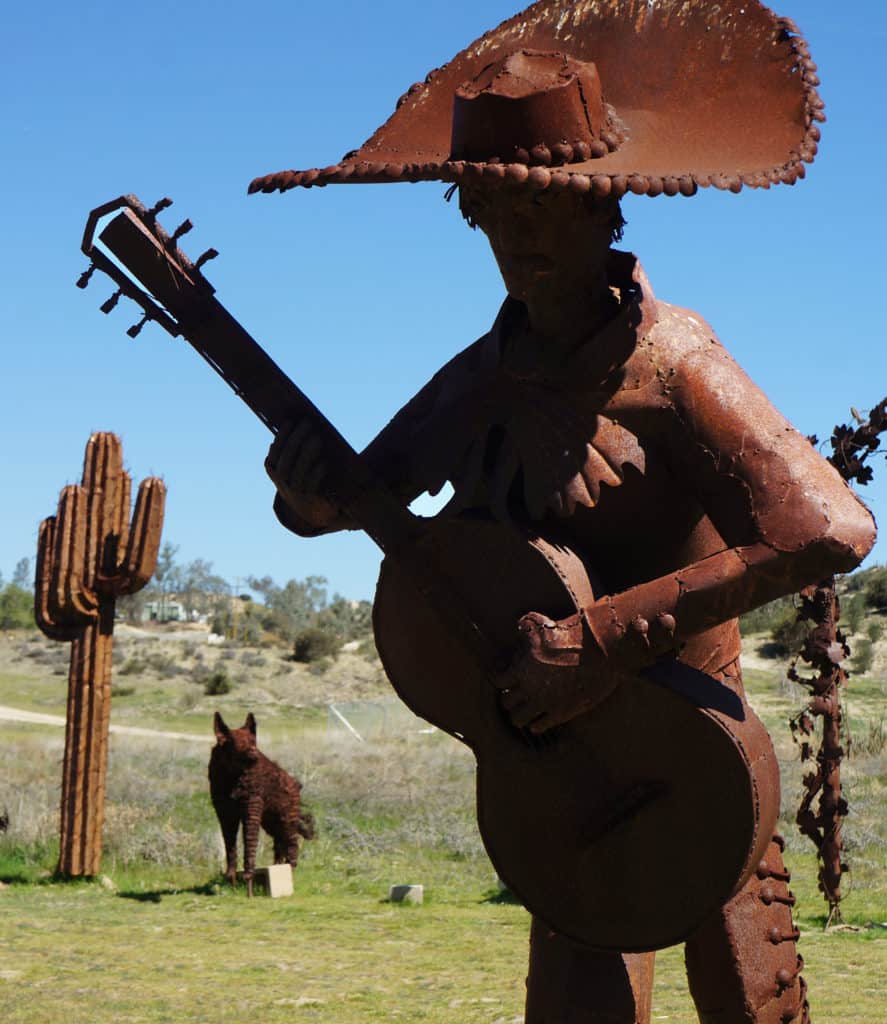
Life is like that. I live in Seattle, USA with my wife, the ceramic artist Kristin Nelson. You’ll discover her response to having a polar bear sniff her kayak, while she sat in it, if you read On Polar Tides. Avoiding polar bears, we paddle together, work together and enjoy our time together.